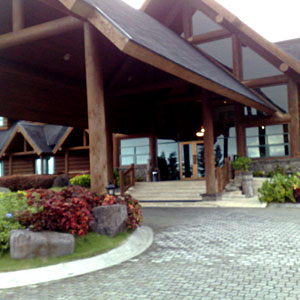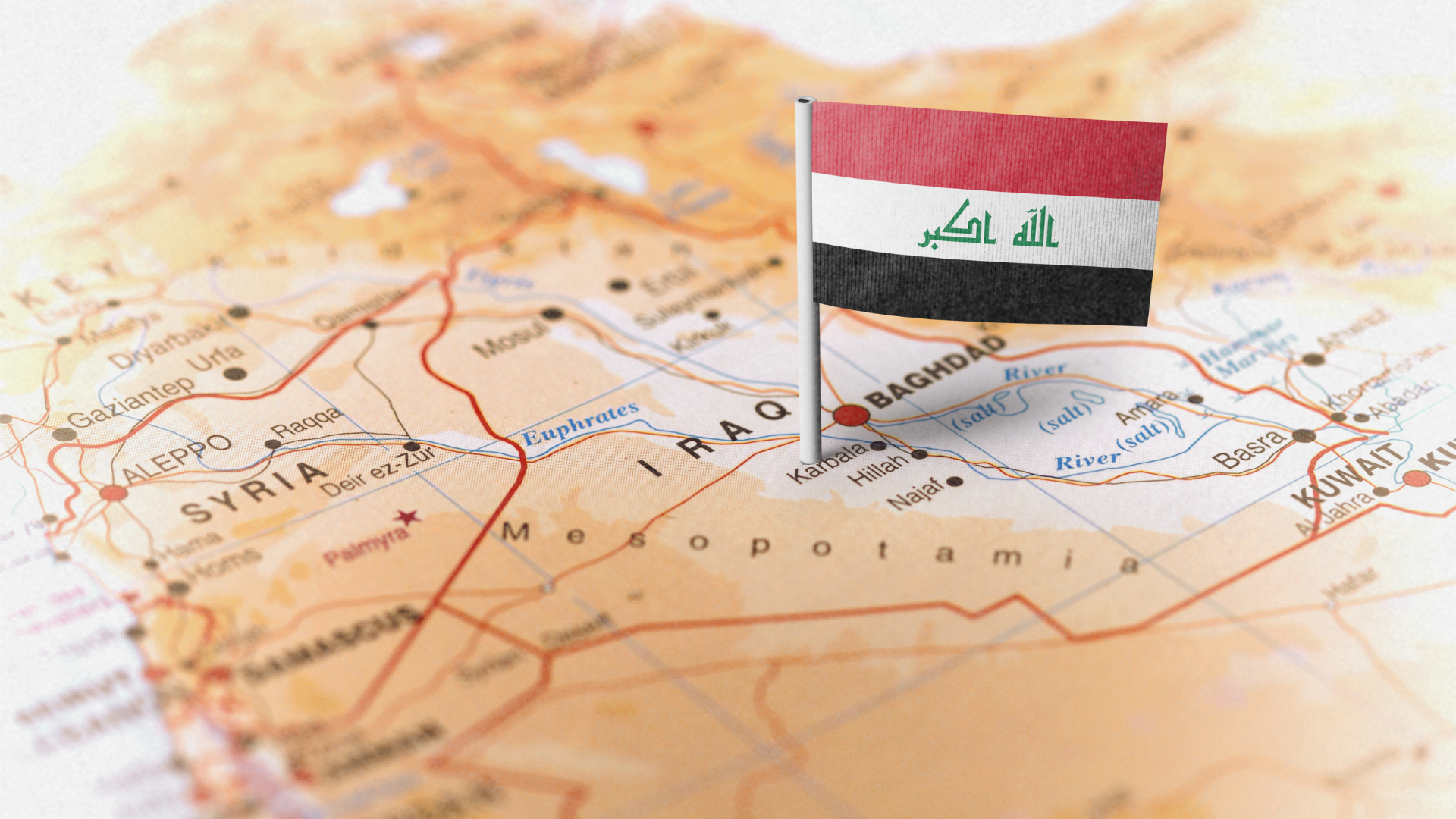When I came back from an adventure trip somewhere in the north, I was feeling low and was not in my best element. Trips usually wear me out temporarily, but because of the recent Influenza A (H1N1) scare, I got a little paranoid.
For domestic tourists like most of us, will we let this paranoia get in the way of our adventures? Should foreign tourists visiting our islands even be scared at all?
Health authorities around the world have since learned that that this most recent virus is very unpredictable. The Philippine government, through the agencies tasked to monitor its spread, has so far been able to handle the situation rather effectively.
The Department of Health heading a task force created by the government in closely coordinating with the World Health Organization (WHO). The Department of Health strictly follows the WHO protocol: vigilant monitoring in all gateways.
The Department of Tourism (DOT), for its part, has been actively participating and cooperating with the DOH, as the former likewise observes the above protocol.
Tourism Secretary Ace Durano shares how the department is contributing in the efforts.
According to Durano, the DOT, as a matter of policy, receives direct information about health issues that affect the country’s tourism.
“In times like these, the primary duty of the DOT is to manage information properly. And since we get first-hand information from the Department of Health, we are then able to advise all the people concerned with accurate facts, hence, it enables us to be equipped in managing tourism efficiently.”
He added, “The information we get are then translated to concrete actions such as creating the protocol of upgrading the standards of hotels and resorts and implementing more rigorous hygiene information among service providers in the tourism sector.”
With the H1N1 pandemic, Durano stated that when guests get sick, or when there is even the slightest suspicion of having the virus, the resort or hotels are required to take them to the nearest hospital with quarantine facilities.
Pandemics, such as the current H1N1, that pose a clear threat to the tourism industry have actually helped people in authority to improve in running their respective organizations. For instance, panic over these viruses has opened the eyes of the DOT as far as accreditation of hotels and resorts is concerned.
“We have added more requirements for the accreditation of tourist destinations. We have influenced hotel and resort owners and management to level up their capabilities to run these destinations and we demand that standards of service should be higher more than ever,” Durano says.
Durano also emphasized that due to these pressing health situations, there is an emergence of a new mindset among the tourism sector and the DOT that brought about a higher level of consciousness among leisure destinations. “People who run these said leisure destinations are more aware now that they must be capable of responding, managing and handling unforeseen cases and events with utmost professionalism and responsibility,” he explains.
“Aside from managing information properly among tourist destinations, the DOT also comes out with advisories that go directly to our stakeholders, partners abroad and marketing people overseas who bring tourism to the country,” Durano reveals.
“Of course, it goes without saying that mass media, which the DOT is closely working with, has been playing a big role in information dissemination and broadening the awareness among more people,” he adds.
Fortunately, he says, “There are no fatalities, no cases in any of our leisure destinations.”
A June 26 bulletin of the DOH reported 861 A (H1N1) cases, 634 or 74% of the total number of confirmed cases reported since May 21 have fully recovered.
Why is the country’s number of cases lower than most other countries affected?
“Geographically, the Philippines is dispersed or isolated. And because we are not attached to any landmass, it makes us less susceptible to catching the bug. At the same time, statistically it is also true that not so much traffic in our tourism is coming from Mexico where virus is known to have originated from,” Durano explains.
“Through the years, pandemics or similar health situations like the swine flu virus have not significantly affected the situation of tourism in our country. There could be momentary pauses at times, but the travel situation always recovers,” he confidently says. “Travel is a human need, I believe.”
When pandemics hit, the DOT does its part, taking the most prudent action, stepping back and assessing the situation critically.
“The most important thing is we keep ourselves healthy and clean. In that manner, we could keep our immune system strong. And on the part of the Department, we should constantly upgrade our capabilities to handle unforeseen events and monitor the standards of our leisure destinations nationwide for the benefit of our tourists,” Durano says.
“If there is an agency in the country that has seen it all in terms of tourism and the so-called pandemics is concerned, that would be the DOT. And I would say that situations like these are just bumps in the road that we could eventually drive over capably, armed with vigilance, cooperation, and the right action,” he adds.
While government agencies do their part in assuring safe travel to the Philippines, the people themselves also have the responsibility to take precautions. •
SIDEBAR:
Increased Travel in Key Destinations
Tourist arrivals in top destinations of the country during the first quarter of 2009 grew by 10.33% for a total of 1.3 Million.
Cebu attracted the biggest volume of visitors with a share of 32% followed by Boracay (12%), Davao City (11.9%), Camarines Sur (11%), Zambales (7%), and Bohol (5%).
Domestic tourist arrivals to Puerto Princesa City and Coron in Palawan posted a record breaking growth of 392% as more flights were mounted to these destinations from Manila, Cebu, and Caticlan as well as Kota Kinabalu in Malaysia. Likewise, local visitors flocked to Camarines Sur for wakeboarding, Surigao del Sur, Sorsogon (Donsol) for whale shark interaction, Zambales (Subic) for recreation, Ilocos Norte and La Union for sightseeing and beach holiday resulting in double digit gains in these destinations.
Overall, the volume of domestic tourists visiting key destinations grew faster at 13% while foreign arrivals recorded a 4% hike in the first quarter.
Cebu was the most frequently visited destination by foreign tourists with 184,790 arrivals followed by Boracay (63,903), Zambales (25,252), Camarines Sur (24,976), and Bohol (24,350).






